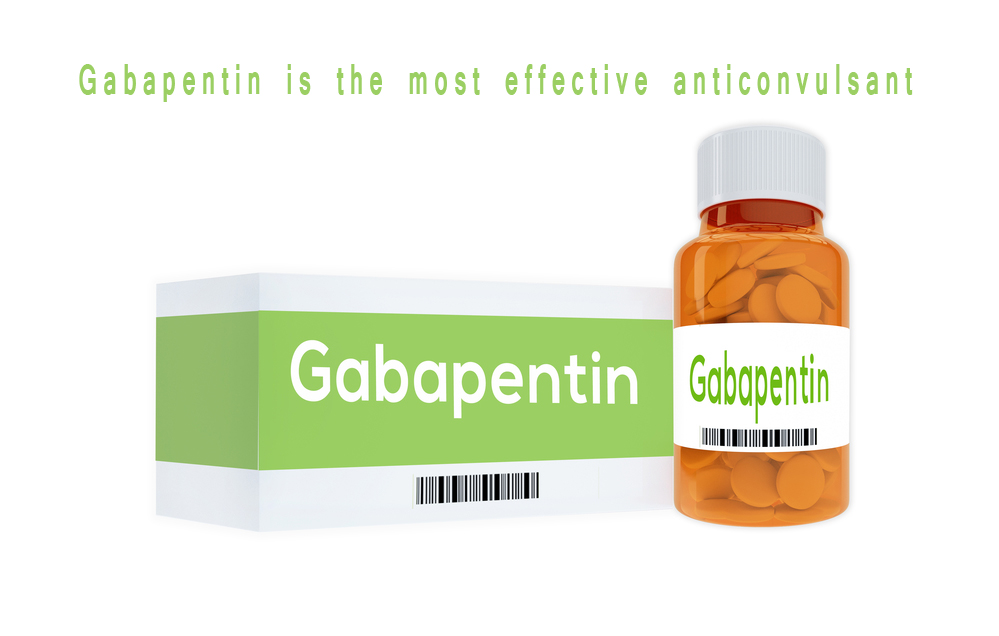The best express drug from herpes zoster

Complications after herpes zoster
If you experience symptoms such as red spots, then the first thing you need to do is turn to the infectious disease specialist since unpleasant consequences can arise. If you do not start the treatment on time, then the consequences of shingles can be deplorable. The common complications after shingles include:
- paralysis of the facial nerve;
- meningitis;
- long pain in the lesions;
- neuropathic pain;
- decreased visual acuity if herpes touched the area around the eyes;
- hepatitis;
- development of transverse myelitis;
- pneumonia;
- inappropriate urination.
Pain after herpes
Postherpetic neuralgia is characterized by a condition in which pain occurs after the herpes zoster. It’s about pain after herpes, because herpes zoster is one of the varieties of the chicken pox virus. The virus itself can live for a long time in the human body, and then under certain circumstances, it can manifest itself and cause the appearance of unpleasant and painful bubbles with liquid on the body.
Herpetic eruptions are characterized by the presence of a strong pain syndrome. A person has a pin sensation, tingling, and lumbago. After the rash, pain can persist throughout the year. Doctors recommend resorting to pain medication. To remove the symptoms and severe pain in herpes zoster will help such medications as anticonvulsants. The world-class anticonvulsant is Neurontin (Gabapentin).
Gabapentin is the most effective anticonvulsant
Gabapentin is the most commonly used anticonvulsant to relieve neuropathic pain associated with the postherpetic neuralgia. The drug is often used at the beginning of the development of PHN to reduce the acute component of neuropathic pain. In one study, in patients taking gabapentin, 43.2% have experienced a decreased pain perception compared with 12.1% in the placebo group. Gabapentin is the first choice drug for the treatment of any type of neuropathic pain. It is one of the most well-studied and widely used in the practice of a neurologist for the relief of pain syndrome in PHN. It is a structural analog of gamma-aminobutyric acid (GABA). Gabapentin enhances the synthesis of GABA by stimulating the activity of glutamate decarboxylase; modulates NMDA receptor activity; blocks a-2-d subunits of potential-dependent calcium channels and inhibits the entry of Са2+ into neurons; reduces the release of monoamines and the activity of sodium channels; reduces the synthesis and transport of the excitatory neurotransmitter glutamate; reduces the frequency of action potentials of peripheral nerves.
The concentration of gabapentin in the blood plasma reaches a peak 2-3 hours after administration, the half-life is 5-7 hours. The dosing interval should not exceed 12 hours, the bioavailability is 60%. Eating does not affect the pharmacokinetics of the drug, antacids reduce its concentration in the blood, so Gabapentin should be taken no earlier than 2 hours after taking antacids. It is excreted in breast milk; the effect of the drug on the child’s body has not been studied. Adverse reactions develop very rarely: mild dizziness, drowsiness. Gabapentin enhances the effect of lidocaine and antidepressants. One should refrain from combining it with alcohol, tranquilizers, antihistamines, barbiturates, hypnotics, and narcotics.
Neurontin (Gabapentin) has significant advantages in the treatment of neuropathic pain: safety, low interaction potential with other drugs, good tolerability, and it is not metabolized in the liver. Gabapentin is the drug of choice for the treatment of elderly people with polypharmacotherapy.
Overdose
There were no signs of acute life-threatening toxicity in the case of an overdose of Neurontin, the dose of which reached 49 grams. The lowered absorption of gabapentin at higher doses may limit the absorption of Neurontin in the case of an overdose and, therefore, minimize the signs of toxicity. Symptoms: dizziness, diplopia, speech disturbance, mild diarrhea, drowsiness, and lethargy.